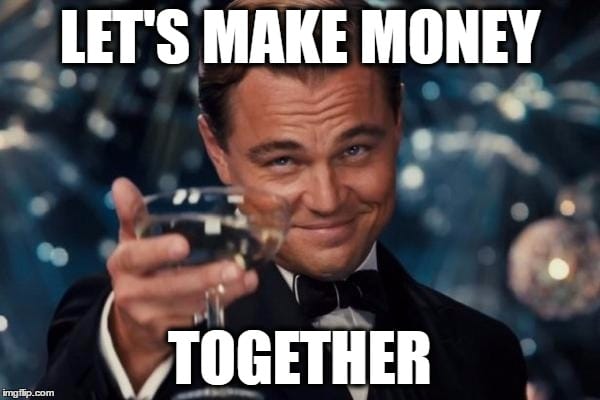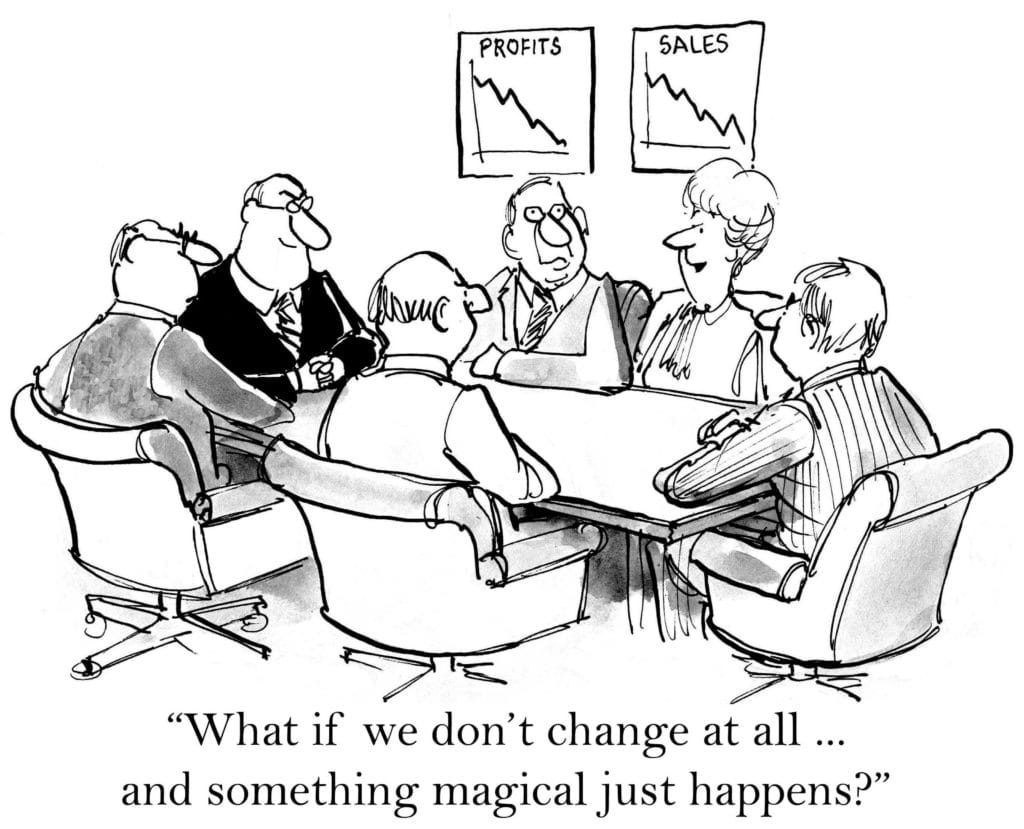People centric is a term that I didn’t use to have in my bag of words. And it is strange. I mean, as a manager, I always thought to be a team player, a servant leader. I always understood my work to be as a facilitator or enabler for the team, but with all the manager added stuff. But unlike customer-centric term, I never thought or heard about it in any company so far.
Nowadays, customer experience strategies are in the set list of all the companies. In most, it is one of their priorities. But you may found that not all the companies have people-centric strategies. And there’s a correlation between them.
Always treat your employees exactly as you want them to treat your best customers.
Stephen R. Covey
People centricity theory
The concept is that if you focus on your employees, and you improve your employee experience, then your customer experience will be next. Happy employees lead to happy customers.
Also, regarding profit, because all the companies look for profit, if you improve your employees experience, and it improves also your customer’s, it turns out that it could improve your profits. This chain effect is a win-win-win for the company.
Happy employees lead to happy customers, which leads to more profits.
Vaughn Aust
There is also a strategy or philosophy in a book that I recently read (“Las personas primero”, by Xavier Escales), named AlwaysPeopleFirst, that says that everything begins with a person (employee), and ends with another person (customer), and that, if your real priority are your employees and your customers, even if you make mistakes, you will end up seeing the expected results.

People or employee engagement
There are lots of articles that claim for employee engagement, and what I want is to make a reflection about which is the type of engagement that we are looking for.
As a brand and as a company, when we look for employee engagement, we do it based on a company-employee or boss-employee relationship. When a company focus on employee happiness, loyalty is what is returned or expected to be returned.
As a person, you don’t look for employee engagement. It is all about people. when you look for people engagement, what you get in return is a full engagement (this term is also used by Xavier Escales in his book) that means a complete commitment and support from people to people. It is a selfless return.
I don’t mean that they are incompatible, people and employee engagement, I would say that they are complementary. Just wanted to point out the different return of investment from a company and people perspective. There are practices that we might do as a company and also as managers or mates. I would even say that the full engagement would be the one that combines the loyalty and respect for the company, and the honest and healthy relationship built within the people.
More and more, brands are the people they are made of. And customers know it, because the relationship with the customers is closer than ever. In a worlds were most of the products look similar, the people, the employees, will make the difference.
Walking the path
It’s very easy to fill your mouth with trending new ideas while you don’t practice what you preach. I always remember this Morpheus phrase from Matrix: “There’s a difference between knowing the path and walking the path”. If you want to achieve goals, you have to strongly believe on what you are preaching, and take risks if necessary.
I remember that while Zappos was on his road to have the best customer experience of the world, had to decide between being consistent with their beliefs or keeping drop shipping business that supposed 25% of overall sales, easy money but with a stock accuracy problem. Drop shipment statistics showed that they weren’t unable to fulfill five percent of all orders, which meant customer issues.
They were committed into building a brand know for having the best customer experience, so in their terms made the “easiest and hardest decision” and turned off that part of the business, knowing that would affect their cash and annual objectives.
Returning to the main topic, if you are really focused on a people-centric strategy, then you have to blindly believe in that you will achieve your goals while you invest walking firmly the path. As said before, even if you make mistakes, results will come. If you don’t walk the path, transformation, evolution, won’t be possible. There’s no magic at all, only commitment.

Values and culture
I recently wrote about values in the post “values for which hire and fire“. I have always seen core values and company culture as tools to achieve these goals, to become a people centric company, and to improve the customer experience. In my humble opinion all of them are closely linked.
Remember that values are our beliefs, what motivate us, the base of our principles, based on our life experience. Building a company always looking for the desired values enhance the working environment, key for employee motivation and happiness, improving their productivity and efficiency.
So, if our mission is to look for our people happiness, we will have to look first for the basics, and develop the company framework and environment in which they could lean on, and that will let them express freely and grow.
Recent experiences
As a company, we were on the way to be people-centric until COVID lockdown. At least this is the goal that we expected when consultants from #AlwaysPeopleFirst began doing their presentation in the last Townhall and after doing interviews for three or four weeks.
In my personal interview, the woman who was asking the questions and writing all the notes told me that there was work to do, but we weren’t in a very bad shape, that they had visited companies further from this goal than us. That’s an interesting feedback, we deserve the best, but sometimes we think that we are in a worse situation than we really are, even if there are significant changes that should go on. I’ve seen it lots of time, usually when we make the decision to leave a project, after we are not biased by the environment or the day-by-day.
Even in the same company, specially in the big ones, as you could imagine the point of view may differ from an area to another. Sometimes different departments don’t share the same culture and core values, every one made his own, and all of them grow up defending their territory. This is very common situation, and that’s why this kind of consultancy companies are now appearing to help companies evolve.
Based on our personal experience, we end up thinking that this may be a “shop” focused mentality. Keep in mind that the company grow up with a brick and mortar structure, a “kingdom” organization based on store managers that decided on their own. This independency was good on the past, but it is not in the present. And the headquarters repeated the same mistakes. Areas working like silos, that promoted bad communication, selfishness, and lack of “All for one” feeling.
In our area we could be proud that we invested time and effort to build an easy going environment where people built relationships and could work and grow. Not perfect, better than the average, but improving continuously. And where leaders were respected because of their work, by their example, and also their empathy. We made mistakes, lots of them, but I think it worked out. And helped us to avoid dropouts.
I don’t know if I end up losing focus while writing this post, sometimes writing and expressing ideas is difficult. Believe me, I do my best. Anyway, I hope that you will find any takeaway from it.
Please, share your thoughts and experiences. I would love to learn from them.
I hope you liked it. If so, please share it! And, if you want to stay up to date, don’t miss my free newsletter.
Thanks for reading.
Also published on Medium.
Join the FREE Newsletter
Also published on Medium.


